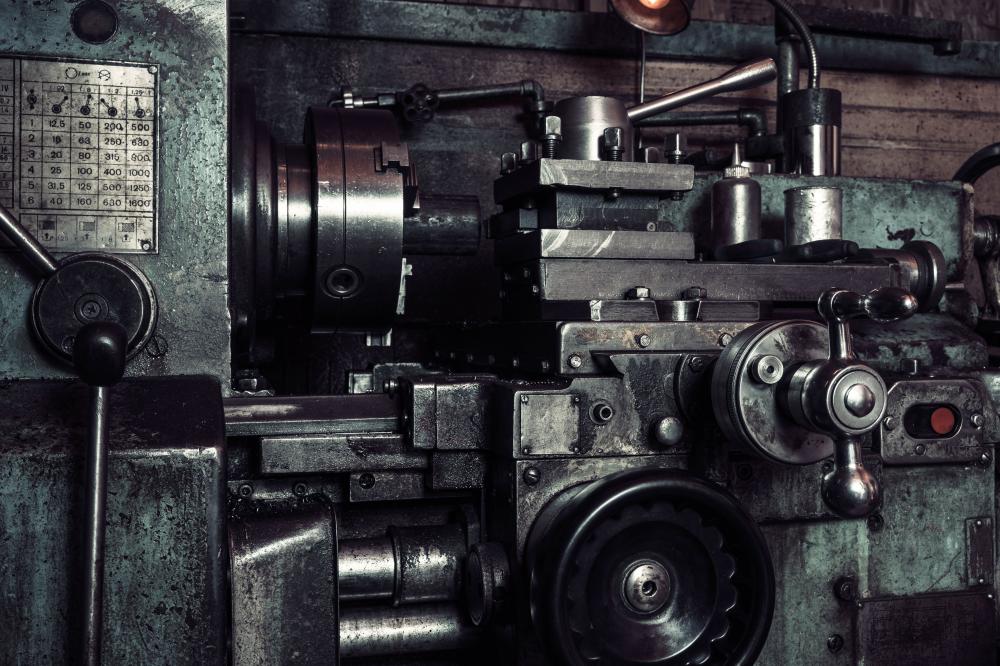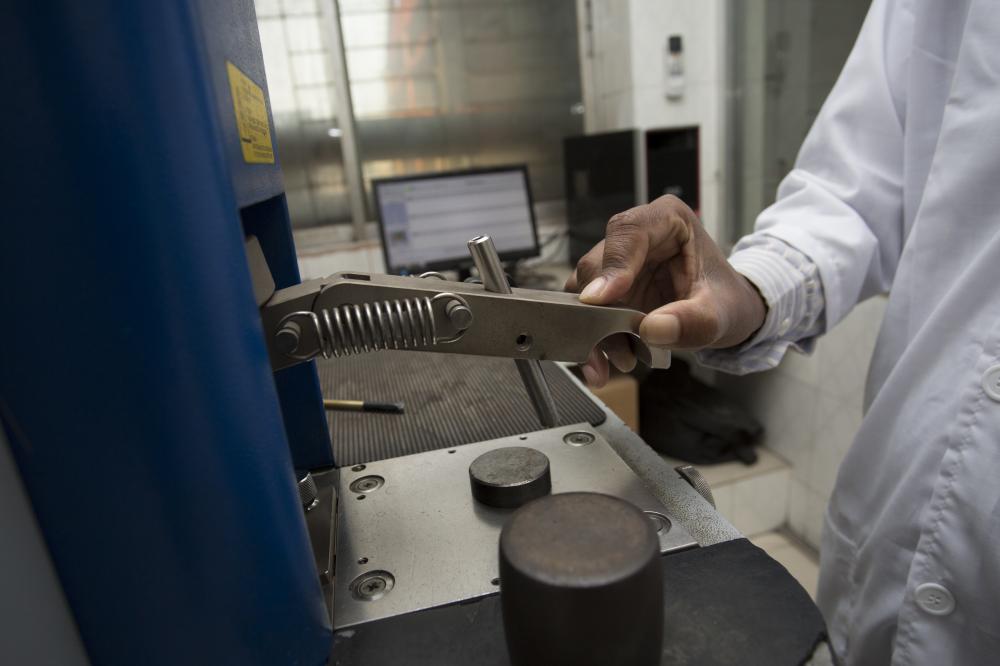
Introduction to Machining Machine
At Anco Precision Inc., we’ve carved our niche in the vast world of manufacturing by specializing in machining machine processes. With over four decades of experience under our belts, we’ve seen the evolution of machining from simple, manual operations to the sophisticated, computer-controlled actions of today. Our family-owned business stands at the forefront of producing precision parts that serve a multitude of industries, including aerospace, automotive, and medical sectors.
Understanding the complexities and the technicalities of machining machine operations is crucial for both novices and veterans in the manufacturing sector. Through this journey, we aim to demystify the processes, share our insights, and perhaps, spark a new appreciation for the art and science behind machining.
Core Machining Processes
Turning and Milling
Two pivotal operations in our shop are turning and milling. Turning involves rotating the workpiece against a cutting tool to shape it. It’s fascinating how a simple cylindrical piece of metal can be transformed into a complex part with precision. Milling, on the other hand, employs a rotating cutting tool to remove material. It’s like sculpting, but with metal and precision that can only be achieved through years of expertise and technological assistance.
Drilling and Boring
Creating precise holes in materials – whether metal, plastic, or composites – is an art form in itself. Drilling and boring are techniques we utilize to achieve such feats. Through drilling, we introduce new holes, and with boring, we enlarge or refine these holes to meet exact specifications. The precision and care taken in these processes exemplify the meticulousness required in machining machine operations.
Emerging Trends in Machining
The advent of rapid prototyping and CNC (Computer Numerical Control) technology has revolutionized the machining machine space. These advancements allow us to produce parts with complex geometries and tolerances that were previously deemed impossible. At Anco Precision Inc., staying abreast of these trends not only enables us to deliver superior products but also pushes the boundaries of what can be achieved through machining.
Furthermore, the integration of additive manufacturing into our operations has opened up new avenues for creating parts. By combining traditional subtractive methods with additive processes, we can now offer solutions that are both cost-effective and innovative.
Material Considerations in Machining
Understanding the material being machined is as critical as the machining process itself. Each material, be it stainless steel, aluminum, or titanium, presents its unique challenges and requires specific approaches to machining. Our experience has taught us the nuances of working with a diverse range of materials, ensuring that we can select the optimal machining strategy for any given project.
- Stainless Steel: Praised for its durability and corrosion resistance, but challenging to machine due to its hardness.
- Aluminum: Widely used due to its lightweight and malleability, allowing for high-speed machining.
- Titanium: Offers the best strength-to-weight ratio but requires careful handling to prevent work hardening.
Quality Assurance in Machining
At Anco Precision Inc., delivering products that meet and exceed expectations is our paramount goal. To achieve this, we’ve implemented rigorous quality assurance protocols. From the initial design phase to the final inspection, every step of the machining process is scrutinized for accuracy and precision. This relentless pursuit of quality not only satisfies our customers but also drives continuous improvement in our operations.
The Anco Precision Difference
What sets Anco Precision Inc. apart is not just our machinery or our technology, but our people. Our team of skilled machinists brings a level of dedication and craftsmanship to each project that is hard to find elsewhere. This human touch, combined with our state-of-the-art equipment, creates a machining machine service that truly stands out.
As a family-owned business, we understand the value of relationships – with our employees, our customers, and our community. This ethos is reflected in every part we produce and every interaction we have. Whether it’s a small custom job or a large production run, we approach each project with the same level of commitment and excellence.
Conclusion
Machining machine processes are at the core of modern manufacturing, driving innovation and enabling the production of complex parts for various industries. At Anco Precision Inc., we pride ourselves on our expertise, technology, and the personal touch we bring to every project. As we look to the future, we are excited about the possibilities that new technologies and materials will bring to the machining space. We are committed to remaining at the forefront of the industry, delivering quality and precision that exceeds our customers’ expectations.
For anyone looking to embark on a machining project, remember: the success of your project depends not just on the technology or the material, but on the expertise and dedication of the team behind the machines. At Anco Precision Inc., we are ready to bring our expertise to your next project.
What is machine and machining?
At Anco Precision Inc., we often get asked about the essence of machine and machining. Simply put, machining is a manufacturing process that involves removing material from a workpiece to create a desired shape and finish. The “machine” in machining refers to the tools and equipment used to carry out these processes. From traditional lathes and milling machines to advanced CNC (Computer Numerical Control) machines, the goal remains the same: to transform raw materials into precise parts needed for various applications. Imagine taking a block of metal and sculpting it into an intricate component for an aerospace engine – that’s the art and science of machining.
What are examples of machining?
Machining encompasses a broad range of processes, each suited for different types of materials and design requirements. Examples include turning, where the workpiece rotates against a cutting tool; milling, which involves a rotating tool cutting into a stationary workpiece; drilling for making holes; and boring for enlarging and refining holes. Each of these processes plays a vital role in how we create everything from simple machine parts to complex prototypes. Imagine turning a cylindrical metal rod into a precision gear or drilling precise holes into a medical device component – these are practical instances of machining at work.
What is the difference between CNC and machining?
CNC (Computer Numerical Control) machining is a modern evolution of traditional machining. While traditional machining relies on manual operation of machines like lathes and mills, CNC machining uses computer-controlled machines for more precision and complexity in manufacturing. Think of CNC as the evolution of craftsmanship, where the precision, repeatability, and efficiency have skyrocketed. It allows us to undertake projects that require intricacies and tolerances that would be nearly impossible or too time-consuming by hand. So, while all CNC operations fall under machining, not all machining is CNC.
What are the 5 machining operations?
In the vibrant world of manufacturing, five core machining operations stand out: turning, milling, drilling, boring, and grinding. Each plays a pivotal role in shaping and finishing parts across industries. Turning transforms raw material into parts with cylindrical features; milling creates complex shapes and features; drilling forms holes; boring enlarges and refines these holes; and grinding achieves fine surface finishes and precise dimensions. These operations form the backbone of our services at Anco Precision Inc., enabling us to meet diverse and complex manufacturing needs.
What are some emerging trends in machining?
The machining arena is continuously evolving, with trends like the integration of AI and machine learning paving the way for smarter, more efficient operations. These technologies enable predictive maintenance, optimizing machining processes for better quality and reduced downtime. Additive manufacturing, or 3D printing, is another trend revolutionizing how we think about combining subtractive and additive processes for innovative solutions. At Anco Precision Inc., we’re excited about these advancements, as they allow us to push the boundaries of what’s possible in machining, delivering unparalleled precision and creativity to our clients.
How do material considerations impact machining?
Material selection is crucial in machining, as each material comes with its unique set of challenges and ways it responds to machining processes. For instance, machining stainless steel, known for its toughness and corrosion resistance, requires specific tools and settings compared to more malleable materials like aluminum. Titanium, although offering excellent strength-to-weight ratios, can be tricky due to its tendency to work harden. Understanding these material-specific nuances allows us at Anco Precision Inc. to tailor our approach, ensuring optimal machining strategies for each project, reflecting our commitment to quality and precision.
Resources
- National Institute of Standards and Technology (NIST) – The NIST website provides valuable information on standards and measurements in the manufacturing industry, offering insights into machining processes and quality assurance.
- ASM International – ASM International is a professional organization for materials scientists and engineers, providing resources on materials selection and properties for machining operations.
- Society of Manufacturing Engineers (SME) – SME offers a wealth of resources on manufacturing technologies, including articles, webinars, and industry events related to machining processes.
- MachiningCloud – MachiningCloud is a platform that provides access to tooling data and cutting tool information, helping manufacturers optimize their machining operations.

